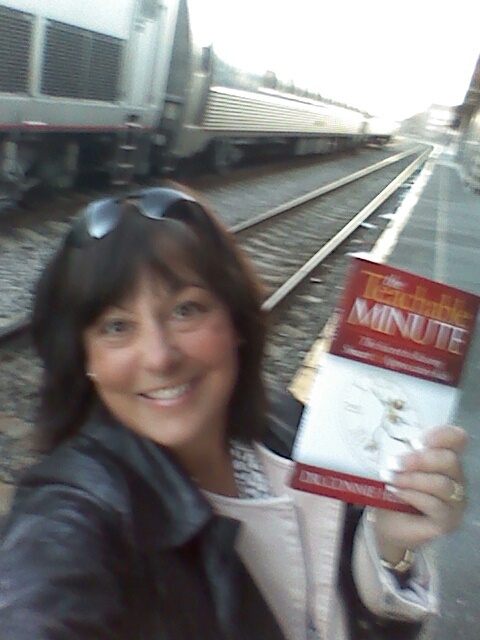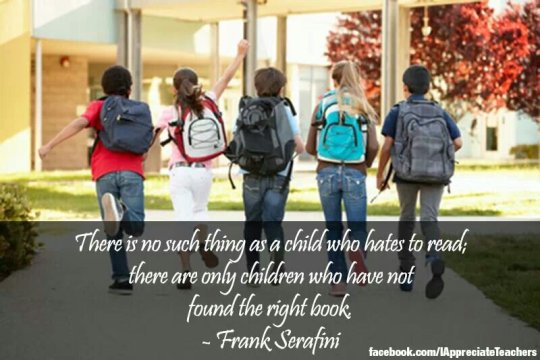Most GREAT teachers start out as GOOD teachers. They apply what they have learned, practice and reflect on their effectiveness, experiment with different approaches and sample a variety of texts and materials, consult with colleagues and administrators, make mistakes, learn from their mistakes, and keep on going. They get better from trial and error, student feedback, caring administrators, longs hours, supportive colleagues, and hard work. In most cases, great teachers pursue graduate work and keep themselves in a continuous state of ‘learning and growing.’ They celebrate professional success while also experiencing heartache and frustration as they struggle to move struggling readers, writers, and thinkers to grade level. They become ‘great’ because they refuse to settle for ‘good.’
In the case of literacy instruction, greatness is measured by teaching children to become INDEPENDENT readers, writers, and thinkers. Independence is the ‘north star’ for all of us and it unites us in one global mission. The main question is can we become great enough to catch EVERY child who functions below grade level? This is a question worth contemplating because it hits at the very heart of what we do each day in the field. Do we want to be ‘good’ or do we want to be ‘great’? What do we want students, colleagues, and parents to say about us when they look back on our role in their lives?
Many teachers worry about lack of training, inadequate funding, weak programs, limited support, and scarcity of materials that seem to lead us from ‘good to great.’ But is it these tangible things that make us ‘great’ or is it something more? Is there something within each of us that creates a desire to try harder, reach higher, demand more of ourselves and our students, learn more, grow stronger, remove boundaries, and break through factors that prevent literacy independence for all children? Some people call it determination or perseverance. Others label it as passion or intrinsic motivation. Whatever it is called, we need to find it, nurture it, reward it, and maintain it so children can be empowered with the gift of independence.
Consider the following factors that encompass the role of the teacher:
ü VOICE
ü PACE
ü BODY LANGUAGE
ü EYE CONTACT
These areas are keys to motivating and engaging students at every grade level yet they are not usually a topic of study or discussion in most teacher preparation programs and/or professional development trainings. The greatest teachers in the world use a combination of all four of these to eliminate the minds of others. They adjust their voices and pace to strike the right ‘hooks’ in order to their audience ‘glued’ to them. They use a variety of body language movements, motions, and position to engage the learner and to offer the element of ‘surprise.’ Great teachers use eye contact as feedback to reach the brain in positive, powerful ways.
If one wants to go from ‘good’ to ‘great,’ it would be wise to reflect on these four critical areas that constitute the craft of teaching. Walt Disney once said, “To teach well is also to entertain.” How true!
Here are three important questions to consider when reflecting on how to move from good to great :
vDoes my voice motivate, excite, challenge, and engage students throughout the day?
vHow do my parents affect my voice, pace, body language, and eye contact as a result of interactions and communication with me as I was growing up?
vIf ‘entertainment’ is a key to teaching well, what am I doing to entertain my students as tools of engagement and attention?
After contemplating these questions, we can apply new insights about each area, reflect on how we use our voice, pace, body language, and eye contact especially with struggling students, and adjust our teaching accordingly. For example, you might observe your students’ reading progress by standing BEHIND them as they read and by offering verbal prompting individually, instead of sitting across from them in a ‘performance’ mode. You may quickly notice positive behavioral changes in challenging students who see you standing on a chair clapping for them when they show you what they know! You could reflect on the climate created among your unique ‘community of learners’ when you smile more, clap more, and allow more wait time.
Watch what happens to your energy levels when you synchronize your voice, pace, body language, and eye contact in an effort to ‘entertain’ your learners while teaching them what they need to know. Remember, it’s never too late to go from ‘good’ to ‘great’ in anything in life. To be great, feel great and act great…
Dr. Connie R. Hebert is dedicated to catching falling readers by motivating, teaching, and inspiring educators around the world. She has presented literacy seminars, district trainings, and keynote addresses in 47 states and at IRA, NAESP, and RRCNA reading conferences. She is a nationally acclaimed teacher of teachers, reading specialist, and motivational speaker.




Written
on March 14, 2014